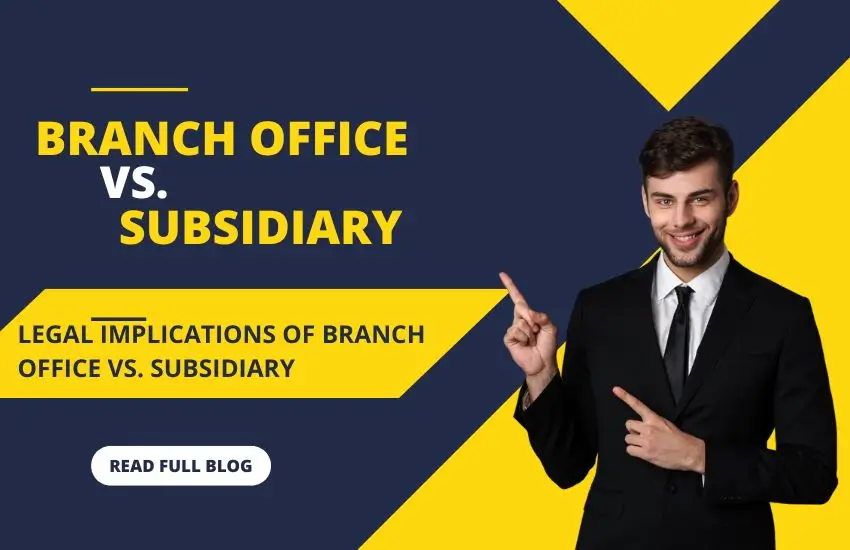Right of First Offer (ROFO) Definition and How It Works

Cost-Plus Contract: Definition, Types, and Example
October 8, 2024
Grantor Trust Rules: What They Are and How They Work
October 18, 2024Introduction
The Right of First Offer (ROFO) is an important concept in business, legal agreements, and real estate transactions. It allows one party to have the first opportunity to negotiate a deal before the asset is offered to third parties. ROFO agreements provide a fair and structured way for both parties to enter into negotiations, creating a framework that benefits both buyers and sellers. In this article, we’ll dive deep into the workings, benefits, and legal considerations of ROFO agreements.
How Does the Right of First Offer Work?
ROFO operates on a simple yet strategic premise. When a seller intends to sell an asset, they must first present the offer to the party holding the right of first offer. The holder then has a specified time to either accept or decline the offer. If they refuse, the seller is free to offer the asset to other parties. This arrangement gives the holder of the ROFO a unique advantage to enter negotiations before the asset reaches the broader market.
ROFO vs ROFR: What’s the Difference?
While ROFO and ROFR (Right of First Refusal) sound similar, they are distinct in their approach:
- Right of First Offer (ROFO) allows a holder to make the first offer on an asset.
- Right of First Refusal (ROFR) gives the holder the right to match an offer received from a third party.
The key difference lies in the negotiation sequence. With ROFO, the holder is given priority, while ROFR involves a reactionary step after third-party offers are on the table.
Scenarios Where ROFO is Commonly Used
ROFO is frequently used in various industries. Common scenarios include:
- Real Estate Transactions: Property owners offer the right of first offer to tenants or neighboring property owners before selling to the open market.
- Business Partnerships: When one partner wants to sell their interest in the company, the other partners often have the ROFO.
- Joint Ventures: In joint ventures, ROFO clauses are common to ensure that partners have the first opportunity to buy additional stakes.
Benefits of the Right of First Offer
Both buyers and sellers can benefit from a ROFO agreement:
Buyer Benefits
Buyers benefit by having a priority in negotiations. They get the chance to negotiate without competing with third-party buyers. This can lead to:
- Securing priority in negotiations: Buyers don’t have to worry about being outbid.
- Potential cost advantages: By negotiating directly, buyers may avoid inflated market prices.
Seller Benefits
For sellers, ROFO provides a way to test the market before committing to a sale. Sellers can:
- Explore options before commitment: The ROFO gives them a better understanding of what the asset might be worth in the open market.
- Testing the market: They can test the waters before making a final decision, ensuring they maximize their sales potential.
Key Components of a ROFO Agreement
A ROFO agreement should clearly outline the terms and conditions of the offer, including:
- Offer terms and conditions: Details about the asset, price, and any contingencies.
- Notification period: The frame for notifying the holder of the right.
- Acceptance and rejection timeline: Specific deadlines for the holder to accept or reject the offer.
Legal Considerations in a ROFO Agreement
ROFO agreements are legally binding, and it’s essential to involve legal professionals during the drafting process. Key considerations include:
- Contract enforcement: Ensure the agreement complies with relevant legal standards.
- Role of legal professionals: Professional advice can help avoid potential pitfalls, ensuring the agreement is enforceable.
Common Pitfalls in ROFO Agreements
Some common issues in ROFO agreements include:
- Ambiguity in terms: Vague terms can lead to misunderstandings and disputes.
- Failure to act within the agreed timeframe: Missing deadlines can void the agreement, leading to lost opportunities.
Negotiating a ROFO Agreement
When negotiating a ROFO agreement, both buyers and sellers should consider the following:
- Tips for buyers: Buyers should ensure the terms are clear and protect their interests.
- Tips for sellers: Sellers should maintain flexibility to maximize their options.
How to Draft a Strong ROFO Clause
A well-drafted ROFO clause includes:
- Clarity of terms: Ensure all details are precise and easy to understand.
- Flexibility in negotiation: Leave room for adjustments to meet both parties’ needs.
Examples of ROFO in Real Life
Case Study in Real Estate
In real estate, a tenant may hold the ROFO on the property they occupy. If the landlord intends to sell, they must first offer the property to the tenant, giving them the chance to buy before it goes to market.
Case Study in Business Partnerships
In business, if one partner decides to sell their share, the ROFO ensures the other partners have the first chance to purchase the shares.
ROFO in Global Markets
The use of ROFO varies by region:
- Usage in the US: Common in real estate and corporate agreements.
- Usage in Europe: Often seen in joint ventures and property deals.
- Usage in other regions: Varies depending on local laws and practices.
Conclusion
The Right of First Offer provides a balanced approach to asset sales, giving both buyers and sellers flexibility and opportunities. Whether you’re dealing with real estate, business partnerships, or other transactions, a well-structured ROFO agreement can be a valuable tool. Always seek professional legal advice to ensure your ROFO agreement meets your needs.
FAQs
What happens if a buyer refuses the ROFO?
The seller can offer the asset to third parties, typically under the same or better terms.
Can ROFO agreements be modified?
Yes, with mutual consent, ROFO agreements can be amended to reflect new terms or conditions.
How is a ROFO different from a purchase option?
A ROFO allows the holder to make the first offer, while a purchase option grants the right to buy at a predetermined price.
Is a ROFO legally binding?
Yes, once both parties agree to the terms, a ROFO becomes legally enforceable.
How can ROFO benefit a seller in a competitive market?
ROFO allows sellers to explore direct offers first, ensuring they don’t miss out on potentially better deals before going to the open market.


